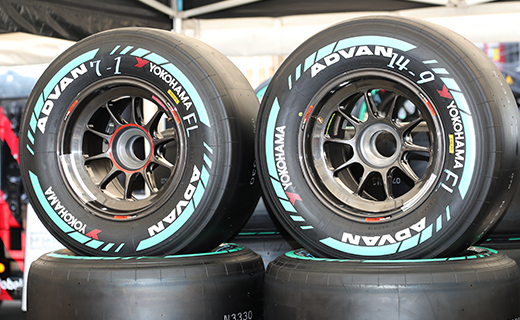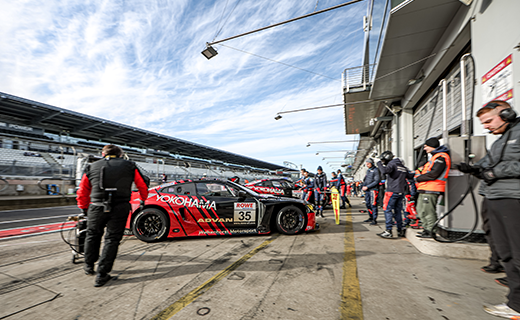TIRE SIZING SYSTEM
Being able to read and comprehend the information printed on a tire’s sidewall will make it easier for you to understand your tires and help you choose the right replacement set.
P-Metric Sizing System
To accommodate the smaller tires used on compact cars, the P-Metric (Passenger Metric) system was created in 1976. The maximum inflation pressures of P-Metric tires were raised for lower rolling resistance. The P-Metric system is widely used by domestic tire manufacturers.

ISO Metric Sizing System
International Standards Organization (ISO) Metric system combines the metric system with a service description. The service description provides the load sizing index along with the speed rating symbol.

Light Truck Metric Sizing System
Similar to the P-Metric system, except the P is replaced with the LT light truck designation. Also, LT-Metric and P-Metric tires differ in construction.

Light Truck High Flotation System
The same as the Light Truck Numeric system with tire diameter added to the front.

Light Truck Numeric System
Similar to the Numeric system for cars, it lists the section width in inches, construction type, rim diameter in inches, plus the light truck designation.

High Flotation vs. LT-Metric vs. LT-Numeric
As the size dimensions increase, Flotation-sized tires will have wider overall width than their LT-Metric and LT-Numeric designed counterparts. Another difference is that Flotation sizes typically require wider wheel widths than LT-Metric and LT-Numeric sizes.

Static loaded dimensions measured on a 7.0 wheel.
| Désignation des dimensions | Dimensions réelles (PO) Diamètre hors tout x Largeur hors tout | |
|---|---|---|
| grande portance | 30 X 9.5R15 | 29.8 x 9.6 |
| lt-métrique | LT235/75R15 | 29.2 x 9.3 |
| lt-numérique | 7.00R15LT | 30.3 x 8.1 |




